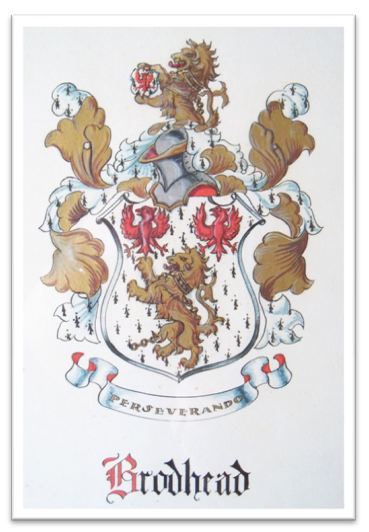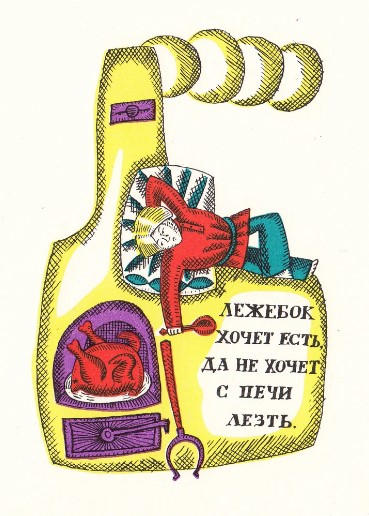Easter
Protected: Easter—a century ago
Categories: 1900s, Advertisements, Easter, Holidays & Festivities
Enter your password to view comments.
Protected: Vintage Easter cards
Categories: Easter, Holidays & Festivities, Vintage cards
Enter your password to view comments.
Happy Easter — Poppy-Seed Nut Roll (Potica) Recipe
Poppy-Seed Nut Rolls (Poticas)
(Begin 6 hrs ahead; makes 2 loaves)
Recipe from The Good Housekeeping lllustrated Cookbook (1980)
½ c. sugar
2 tsp grated lemon peel
½ tsp salt
1 package active dry yeast
3 ½ to 4 c. all-purpose flour
1 c. milk
½ c. butter
1 egg
Poppy-Seed filling (see below)
1 egg yolk, beaten
- Combine first four ingredients with one cup of the flour.
- Over low heat, heat milk and butter until very warm (120-130 F). Butter does not have to melt completely.
- With mixer at low speed, beat liquid into dry ingredients; beat until just mixed. Increase speed to medium and beat for 2 minutes, occasionally scraping bowl with spatula. Beat in egg and 1 cup of flour; beat 2 minutes more, occasionally scraping bowl. With spoon, stir in enough additional flour (approx. 1½ cups) to make a soft dough.
- On lightly floured surface, knead dough until smooth and elastic, about 5 minutes. Shape into ball. Place in greased large bowl, turning to grease the top. Cover; let rise 1 hour.
- Punch down dough. Turn onto lightly floured surface; cut in half; cover; let rest 15 minutes.
- Grease 2 cookie sheets. Roll out half of the dough into an 18-inch-by-12-inch rectangle. Spread ½ of the filling on the dough to within ½ inch of the sides. From 18-inch edge, tightly roll dough, jelly-roll fashion, pinch ends to seal. Arrange dough in flat coil, seam side down, on a cookie sheet. Repeat with remaining dough. Cover with towel; let rise until doubles (about 1 ½ hours).
- Preheat oven to 350 F. Brush loaves with beaten yolk. Bake 25-30 minutes until loaves sound hollow when tapped. Remove to wire racks to cool.
For Poppy-Seed Filling, combine:
12-ounce can poppy-seed cake and pastry filling
½ cup finely chopped walnuts (if they are too chunky they won’t spread well)
1 tsp grated lemon peel
1 tsp cinnamon
Set aside; in small bowl with mixer at high speed, beat one egg white until soft peaks form; fold into poppy-seed mixture.
Enjoy! I guarantee it will disappear quickly!
Categories: Easter, Food: Family Recipes & Favorites
Leave a comment













